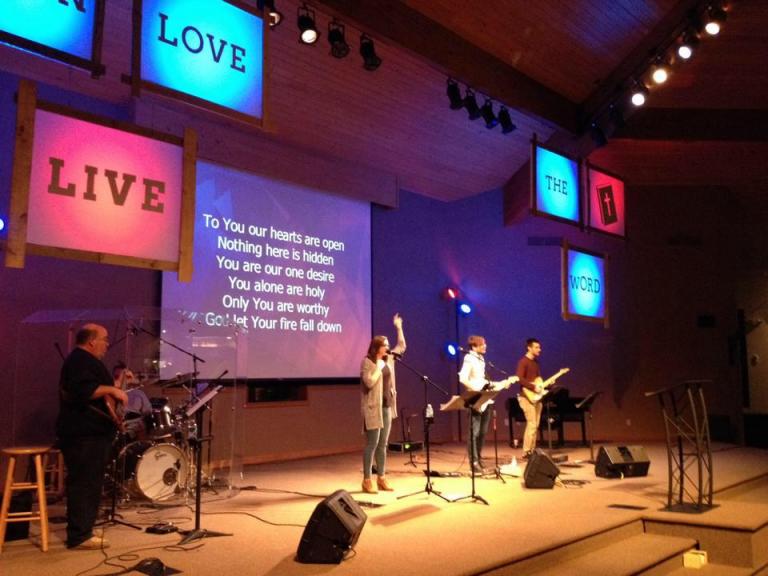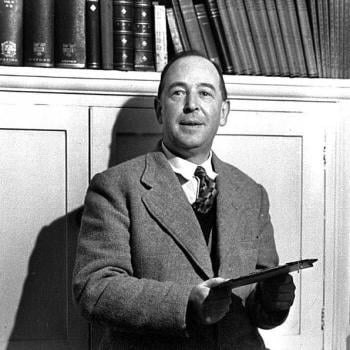This week we’ve been discussing the American Enterprise study by Lyman Stone that we’ve been discussing this week, Promise and peril: The history of American religiosity and its recent decline. Among its findings: The decline in church membership and attendance cannot be reversed by switching to contemporary music and worship styles.
Church growth experts have been saying that the reason churches are declining in membership is because of the old music and antiquated liturgies so many of them persist in using. Contemporary music as part of a contemporary approach to worship, on the other hand, can bring people back into the churches.
But does this strategy actually work? Lyman Stone, the author of the study, devised a test, drawing on data from his own (and my own) Lutheran Church Missouri Synod. This particular church body is distinctive in being able to provide an experimental control. This is because LCMS congregations have a high agreement in theology, they can differ in worship style.
Most Protestant denominations define themselves in terms of church government (episcopalian, presbyterian, congregationalist) or practices (baptists, methodists, pentecostals), while usually allowing for at least some theological diversity or wiggle room. Episcopalians, for example, are allowed to hold a wide range of beliefs, as long as they accept the authority of their bishop and worship with the Book of Common Prayer.
Lutherans, though, have always insisted on theological agreement, while allowing a wide range of church governments and practices. Scandinavian Lutherans have bishops, complete with Apostolic Succession; the LCMS is more congregational. Most Lutherans have worshipped with some version of the historic liturgy, as fitting best their sacramental theology, but not always. In the LCMS today, some pastors and congregations remain very liturgical, but others have gone all-in for contemporary music and contemporary worship. But virtually all pastors and congregations, despite their differences in practice, agree theologically, on topics ranging from the inerrancy of Scripture to the detailed, worked-out theology written down in the Book of Concord.
Not that there aren’t theological disagreements and heated controversies, but, more than most church bodies, LCMS congregations tend to agree with each other theologically, even as they sometimes differ in their practices. Those overall similarities allow us to zero in on the effects of the differences.
The LCMS is declining in numbers, though not as quickly as the liberal Lutherans in the ELCA. Some LCMS churches are large, to the point of being megachurches, though here too some are liturgical while others are contemporary. If using contemporary music causes churches to grow, we should be able to see if that is the case by looking at LCMS churches.
Here is the finding, from pp. 49-51 of the AEI report (my bolds):
Attendance at highly liturgical churches has declined by precisely the same amount as among other LCMS churches. There is no difference whatsoever in the pace of congregational decline based on liturgical style.
This strongly suggests that other studies finding a positive effect of worship style were in fact accidentally measuring something else. Stetzer and Dodson’s book actually noted that comeback churches often had a change in leadership and an intensive period of discernment and reflection. It is possible that this process itself drove growth. Academic research has found that churches with greater member commitments in terms of financial giving, volunteering, and attendance at extra activities during the week tend to grow much faster. Put plainly, churches grow when their members are deeply committed to them, not simply because they have a contemporary musical style.
I am able to confirm this relationship in LCMS churches as well. Using variables for initial church size, initial church age, whether a church has a school, donations per average attender, the share of members who attend in an average week, local population change near a church, and a church’s liturgical style, I find that worship style does not significantly affect church growth. Churches with schools grow faster, churches with higher donations grow faster, and churches with more regular attendance among members grow faster. Large, old churches are shrinking, while more historic, smaller churches are doing better, as are big, new churches.
These other effects are all statistically significant, but church worship style is never statistically significant. And to the extent liturgical style has any effect, highly liturgical churches appear to be experiencing slightly faster growth (or, more typically, slightly slower decline) than are less liturgical churches, once I control for these other church characteristics. These findings are consistent even when I drop major statistical outliers from the sample. In other words, the evidence that changing musical style will lead to church growth is extremely weak.
Rather, church growth is associated with measures of church resources and effort: Members who attend frequently, give generously, and enroll their kids in the parish school tend to also invite friends to church and promote church activities. Declining religiosity is not because organ music fell out of style, and the adoption of different worship styles is not associated with faster church growth.
If changing the music doesn’t work, what would work to bring about a resurgence of Christianity? We’ll discuss that tomorrow.
Photo: TurbulentForce / CC BY-SA (https://creativecommons.org/licenses/by-sa/4.0) via Wikimedia Commons













